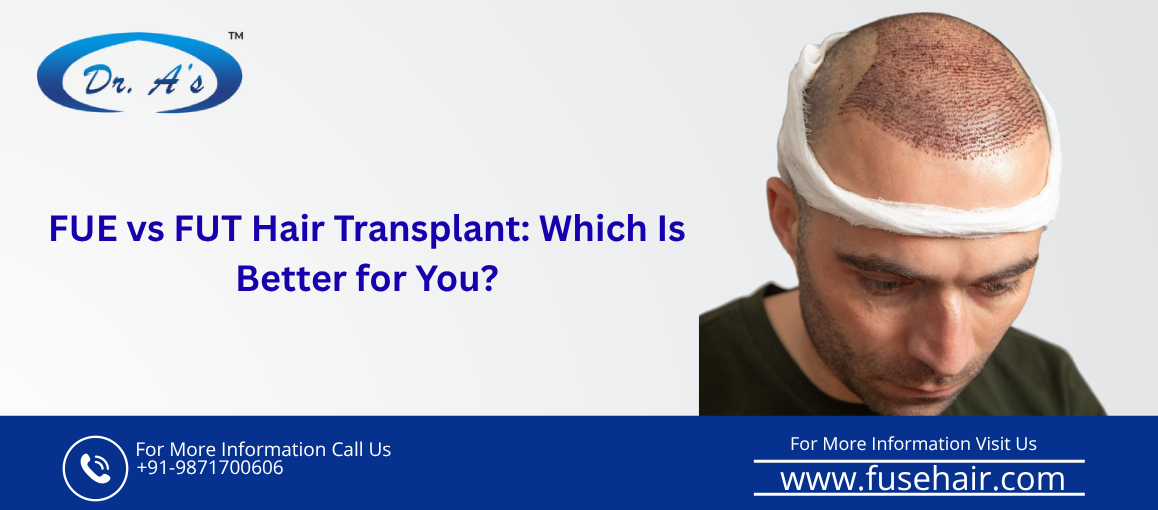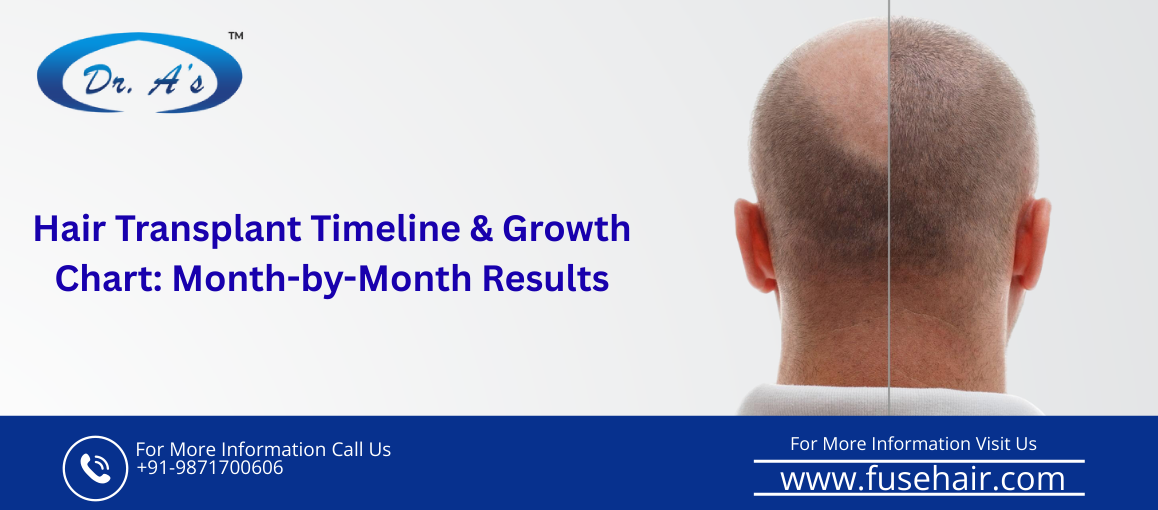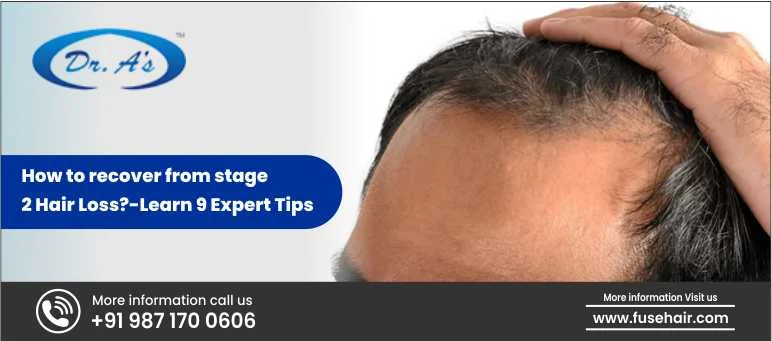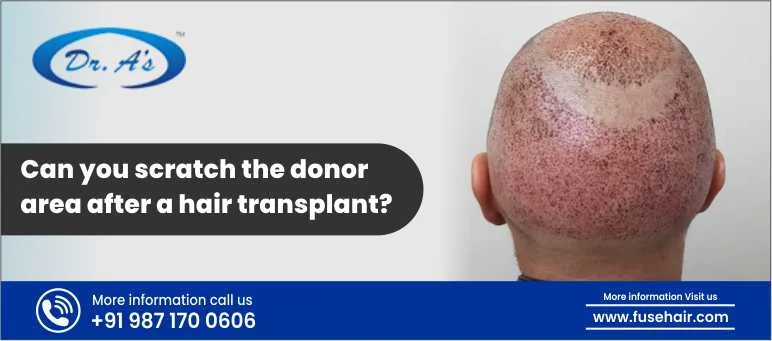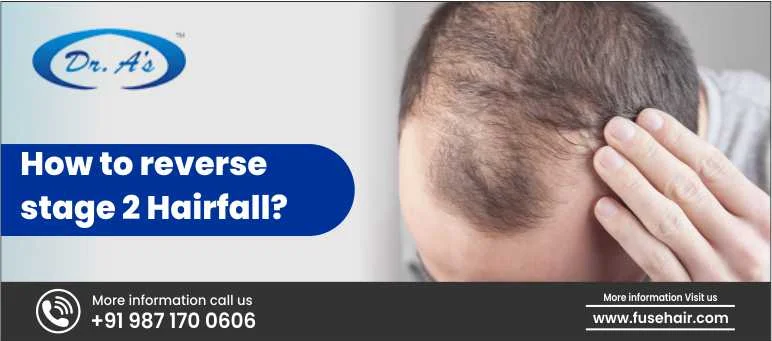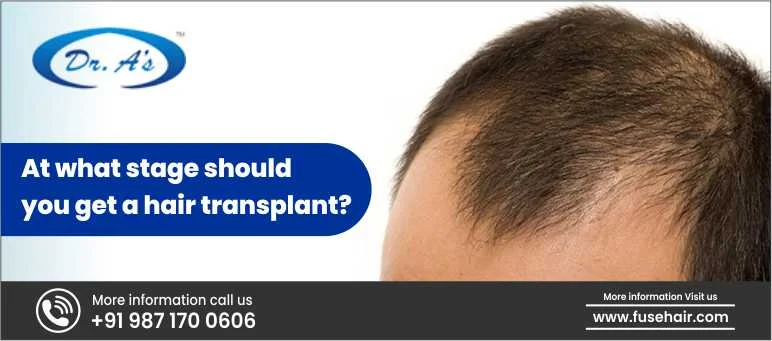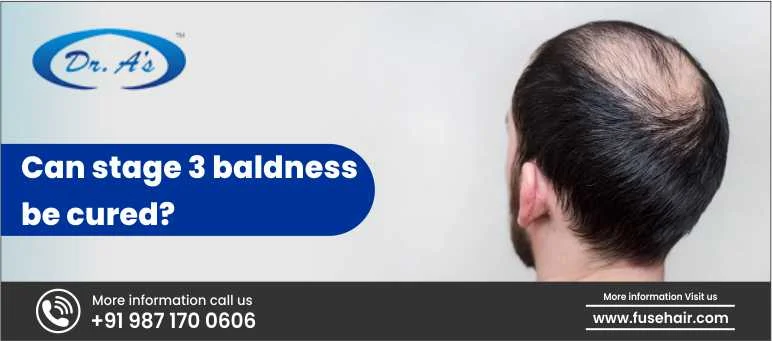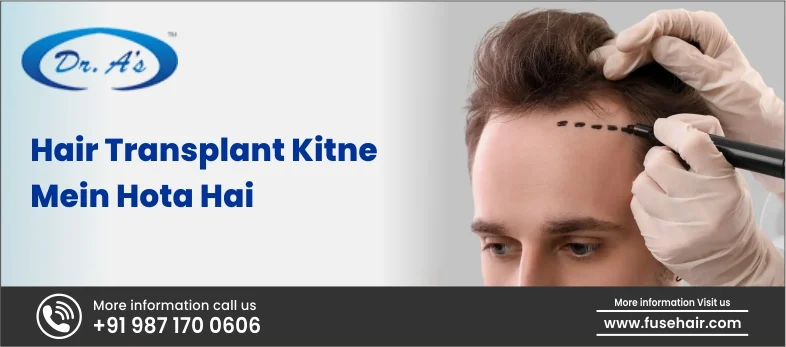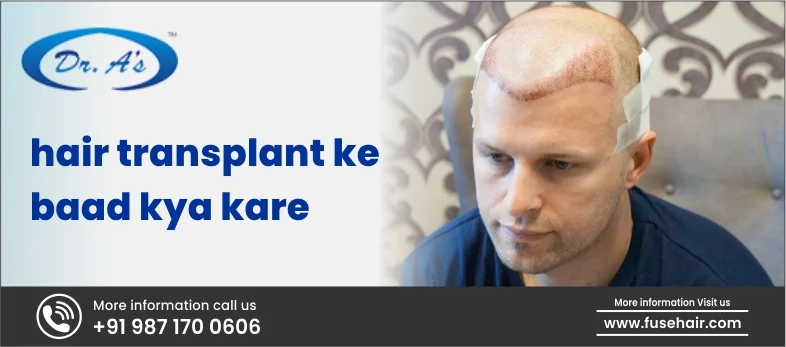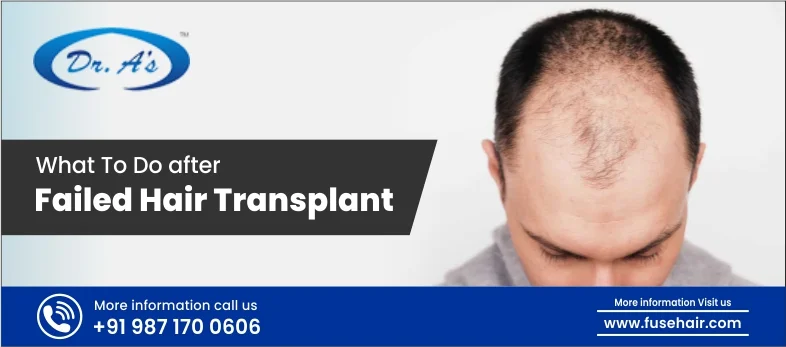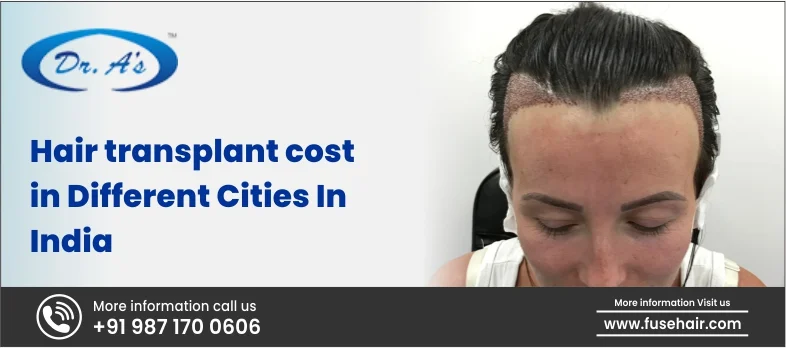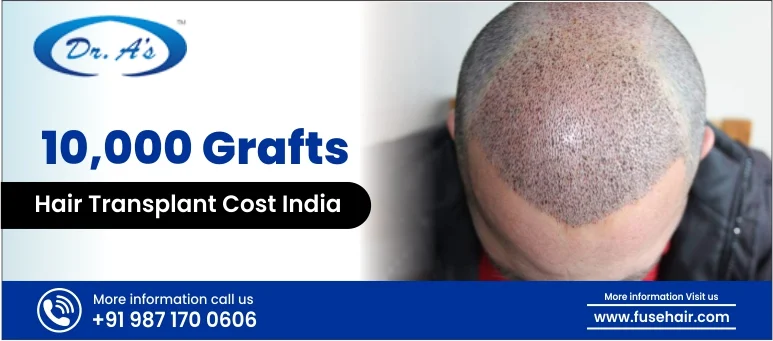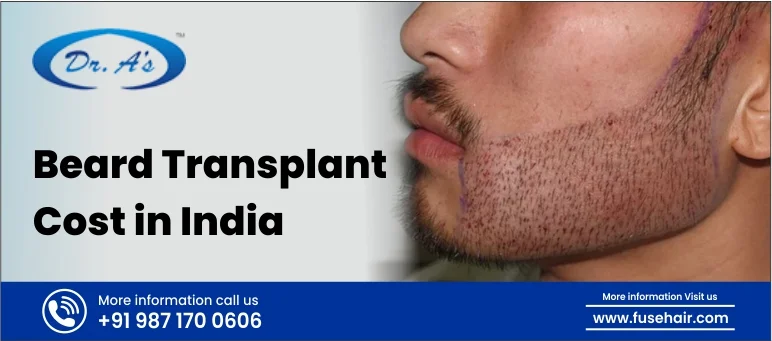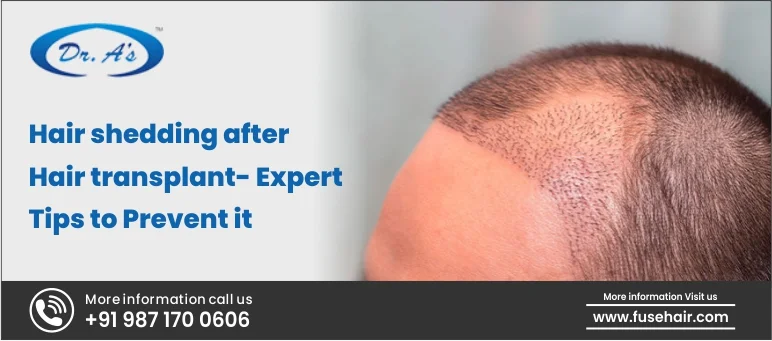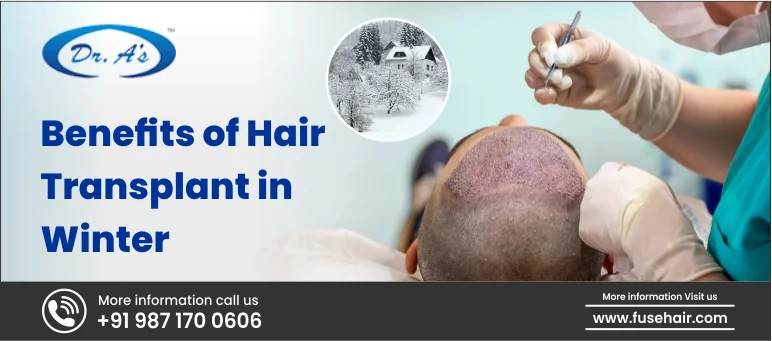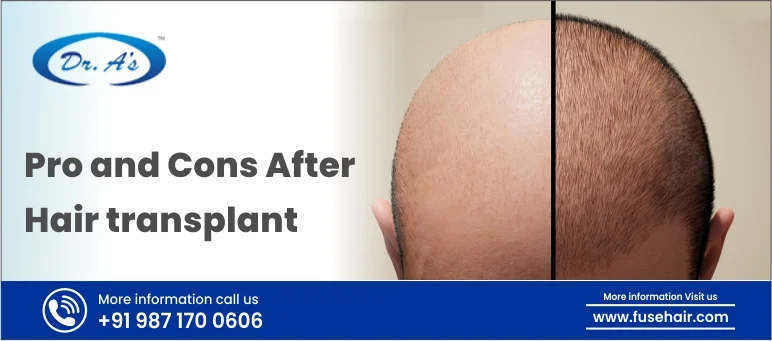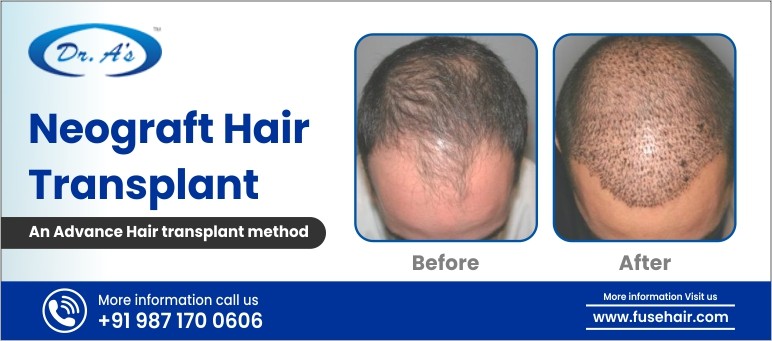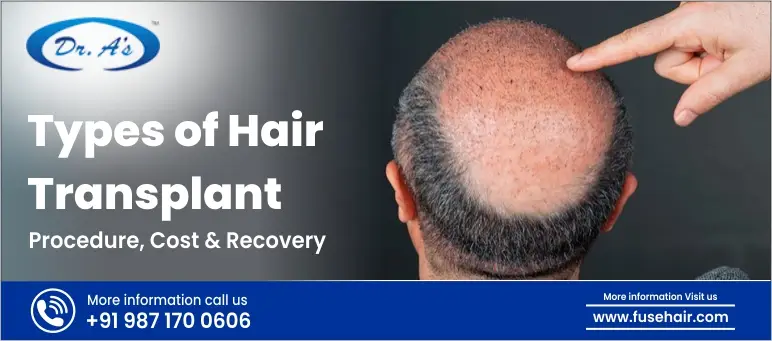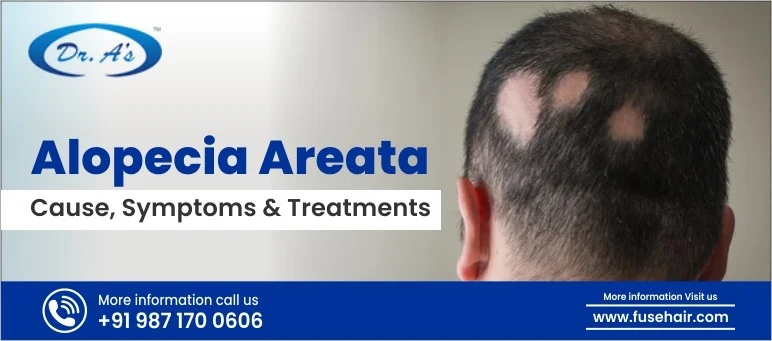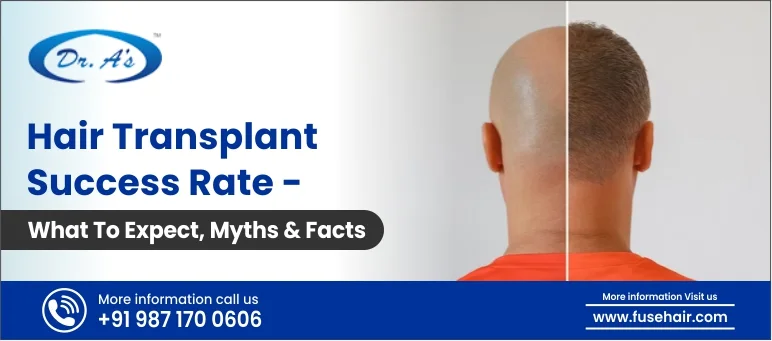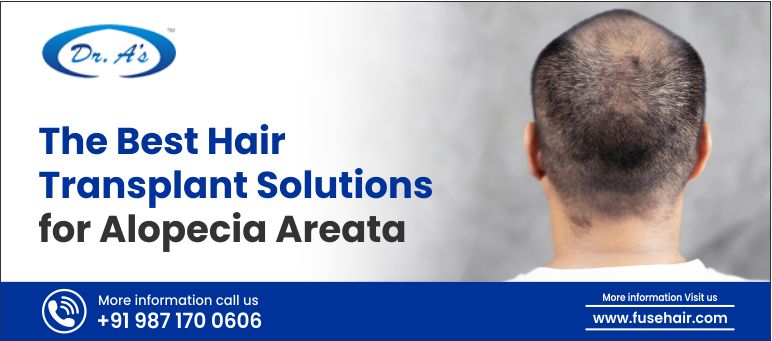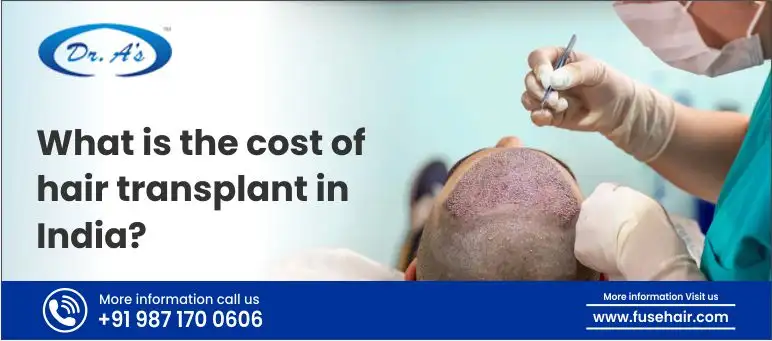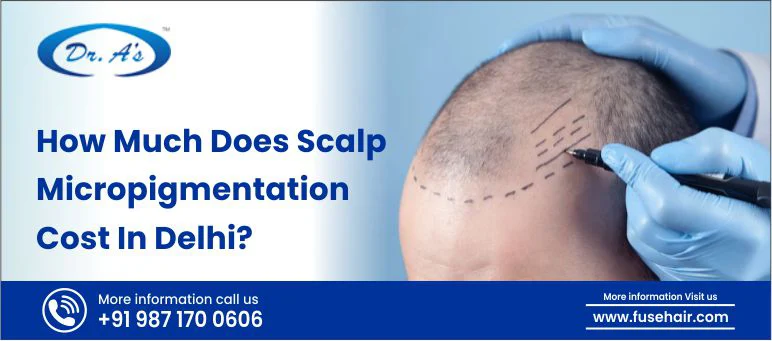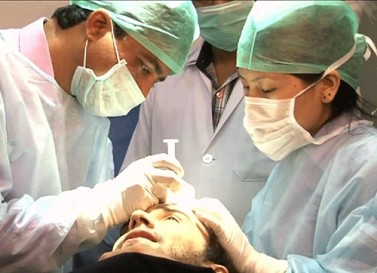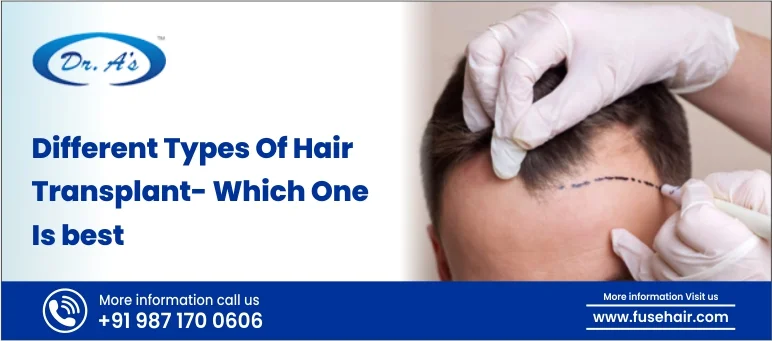
Hair transplant methods provide relief for those who are losing their hair. Selecting the best approach is aided by having a thorough understanding of the various procedures. Since each strategy entails different procedures, some may be more suited for particular circumstances or tastes than others. It is crucial to investigate these methods because hair transplantation has advanced to the point where improved outcomes and less discomfort are guaranteed. Giving a clear explanation of the processes aids those looking for restoration choices in selecting the most efficient and comfortable course of action. This blog explores FUE, FUSE, and FUHT to help you choose the hair transplant method that’s right for you.
Scalp Hair Transplant (FUHT)
Follicles for hair from the donor area—typically on the rear or side of the scalp—are transplanted to the receding or thinned areas of the scalp in a procedure called as scalp hair transplantation, or FUHT. This procedure removes an area of the scalp containing viable follicles for hair growth from the donor location using the strip method. Following removal, this strip is cut into finer grafts by expert surgeons, each having a single hair follicle. These grafts are subsequently painstakingly implanted in small incisions within the bald regions.
FUHT is advantageous for more severe forms of hair loss since it guarantees the transplantation of more hair follicles in just one session than other techniques. A straight incision at the donor location is the procedure’s aftereffect, and it might be hidden by neighbouring hair.
Following surgery, patients may feel transient inflammation or discomfort, and the healing duration varies. This technique usually works well for those with extensive hair loss and enough donor hair, producing results that are both efficient and natural-looking.
Body Hair Transplant (FUSE)
Hair from different body regions is used as donor areas in the body hair transplant (BHT) procedure, which is sometimes referred to as FUSE (Follicular Unit Separation Extraction) whenever dealing with body hair. This technique is appropriate for those whose scalp has run out of donor hair or for those who have inadequate donor hair on their scalp.
Using a similar method to Follicular Unit Extraction (FUE), follicles with hair are harvested from regions such as the upper body, beard legs and back, in the FUSE method. After that, these follicles are implanted into the bald scalp regions of the recipient. The process necessitates exact extraction and implant methods since hair follicles of the body differ in terms of rate, of growth and texture.
FUSE provides a solution to people who have few donor hair on the scalp, by expanding the pool of donors and providing exposure to more follicles of hair for transplantation. But body hair may have different properties from scalp hair, leading to different textures and growth patterns.
Even though FUSE can provide more donor supplies, managing a variety of hair types and effectively positioning hair from the body onto the scalp are necessary skills to get satisfying and natural-looking outcomes. After surgery care is still crucial, and anybody thinking about using this technique should speak with someone to see whether it’s right for their particular situation.
Follicular Unit Extraction (FUE)
One of the most modern hair transplant techniques is Follicular Unit Extraction (FUE), which provides a less intrusive means of hair restoration. FUE does not need the removal of a scalp tissue strip, in contrast to FUHT or FUSE.
Using a tiny punch-like instrument, numerous hair follicles are painstakingly removed from the donor area, typically on the rear or side of the scalp, during FUE. After that, these follicles are implanted into the thinning scalp regions of the recipient . Shorter hair types would find this approach more appealing as it enables an improved distributed extraction technique with small, scarcely perceptible scars.
Compared to older procedures, FUE provides accuracy in hair extraction, minimising pain and shortening the healing period. Yet, in comparison with FUHT, it could take longer and need additional visits to transplant a substantial amount of hair follicles because each follicle must be extracted individually.
The surgeon’s competence and knowledge are critical to the procedure’s effectiveness since it is imperative that viable follicles be extracted without harming or jeopardising adjacent hair. Patients who choose FUE must be ready for numerous sessions to reach the required volume and should have reasonable expectations for the results.
Minimal scars, a shorter healing period, and the capacity to collect hair from many body areas are some of the benefits of FUE. However, because it takes a lot of time and effort, the treatment could be more expensive.
Comparing All Three Types
- Follicular Unit Extraction (FUE), Body Hair Transplant (FUSE), and Scalp Hair Transplant (FUHT) are three different hair restoration techniques.
- In FUHT, a strip of the scalp’s epidermis is removed, and hair follicles are harvested for transplantation. Body hair from the beard or chest is often used by FUSE as donor follicles. Both FUSE and FUHT require sutures and leave linear scars.
- In contrast, FUE removes the strips without removing each follicle, leaving behind small, less noticeable scars. FUE provides quicker recovery with less downtime, making it suitable for shorter haircuts.
- While FUHT and FUSE may produce multiple grafts in just one session, their recovery periods are longer and they create visible scars. FUE guarantees less scarring and faster recovery, although it is more tedious and maybe more expensive.
- The level of hair loss, the availability of donor hair, the intended length of recuperation, and the surgeon’s experience all play a role in selecting one of these techniques over another. The best method must be determined after speaking with the best hair transplant professionals at Dr. A’s Clinic, about each patient’s unique needs.
Conclusion
The ideal hair transplant technique will depend on a number of factors, including donor hair availability, scar issues, time to heal, and individual tastes. Every strategy has benefits and drawbacks, so it’s important to speak with an expert to determine which approach is best for your requirements and goals. Our experts at Dr. A’s Clinic can advise and help you in reaching a conclusion that is relevant to your hair transplant objectives.



















